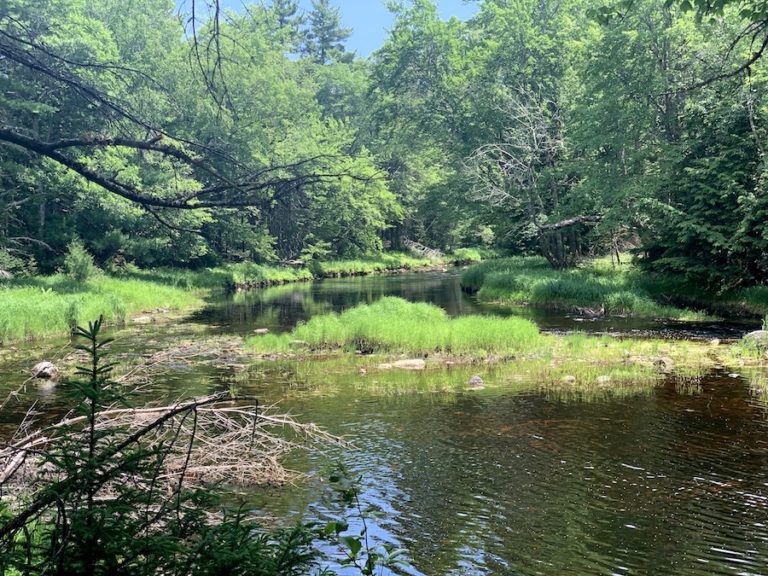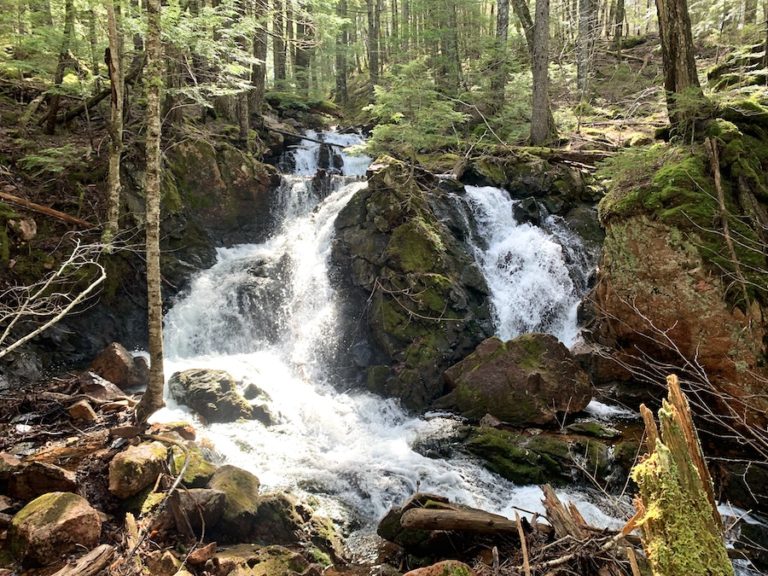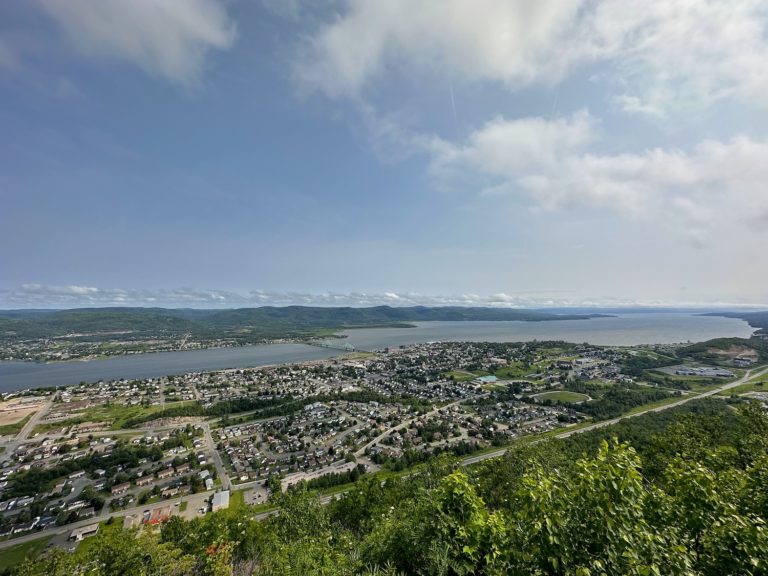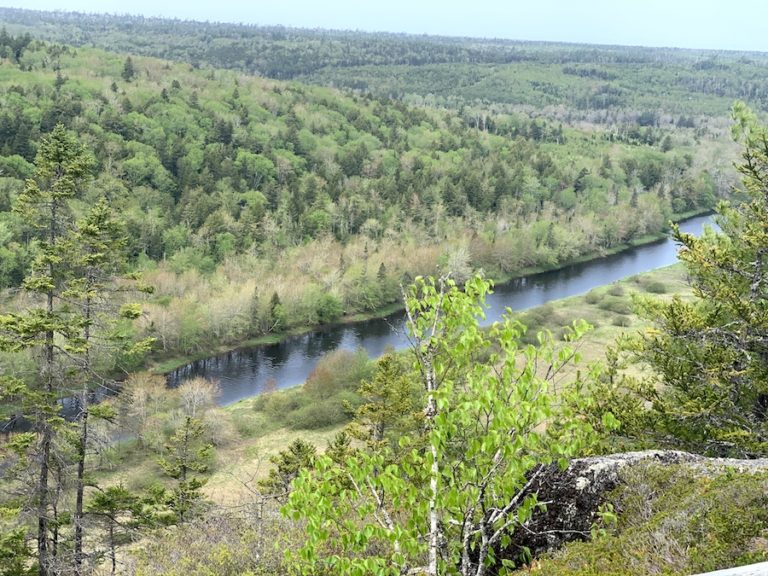Wildlife Safety While Hiking In Atlantic Canada
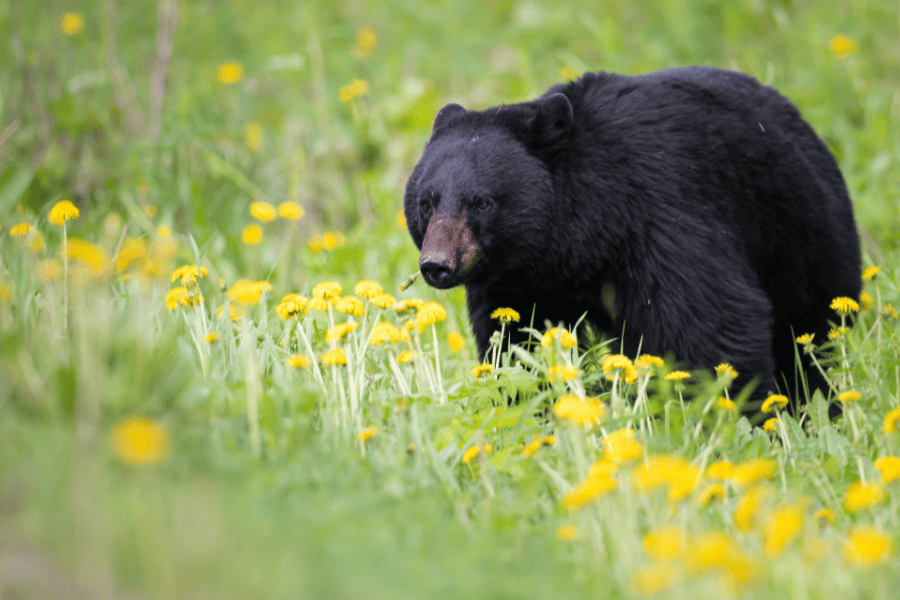
While spotting wildlife in their natural habitat can be an unforgettable experience during a hike in Canada, it is important to understand wildlife safety and how to react when you encounter common wildlife in Atlantic Canada. Keep in mind that when you are hiking in the great outdoors, you are essentially entering the homes of these creatures, and it is normal to see them. This is why knowing what safety measures to do when you encounter wildlife is important for both you and the animal’s protection.
With that being said, the following is our general guide on wildlife safety while hiking in Atlantic Canada.
8 Wildlife Safety While Hiking
When in nature, be sure to show respect for all its inhabitants and always be mindful of the trails and wildlife around you. For instance, if you come across a sign that indicates you are entering an area where bears, moose, coyotes or other animals live, take the necessary precautions to ensure your safety while hiking. Although animals are beautiful creatures, they can also be dangerous. If an animal feels threatened, especially if calves or cubs are involved, they will likely charge both hikers and nearby vehicles.
Here are eight safety tips for hiking in the wild, listed in no particular order.
1. Stay Alert And Educate Yourself On Your Surrounding
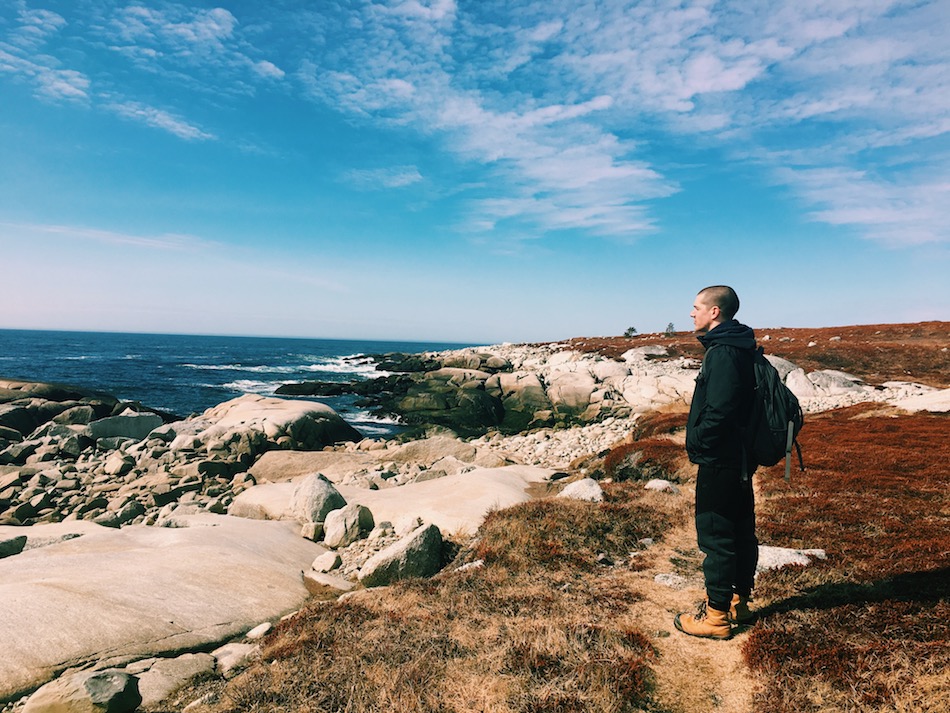
When hiking, it’s important to be aware of your surroundings and stay alert. Look for signs of wildlife like fresh droppings and footprints. If you notice any signs, stay calm, be alert and make noises. This will let the wildlife know that there are people in the area and give them time to leave before any encounters. Remember not to surprise wildlife, as it may provoke a defensive response.
Many popular hiking trails will have signs located at the entrance of the hike or throughout, informing hikers if they are entering high wildlife areas. The Canada National Parks are home to various species. Research your hiking location and educate yourself on what species might be in the area and how to protect yourself if you encounter wildlife. We recommend carrying a bear bell while hiking. This helps to alert wildlife of your presence and gives them time to move away from the trails.
2. Keep A Safe Distance From Wildlife And Never Approach
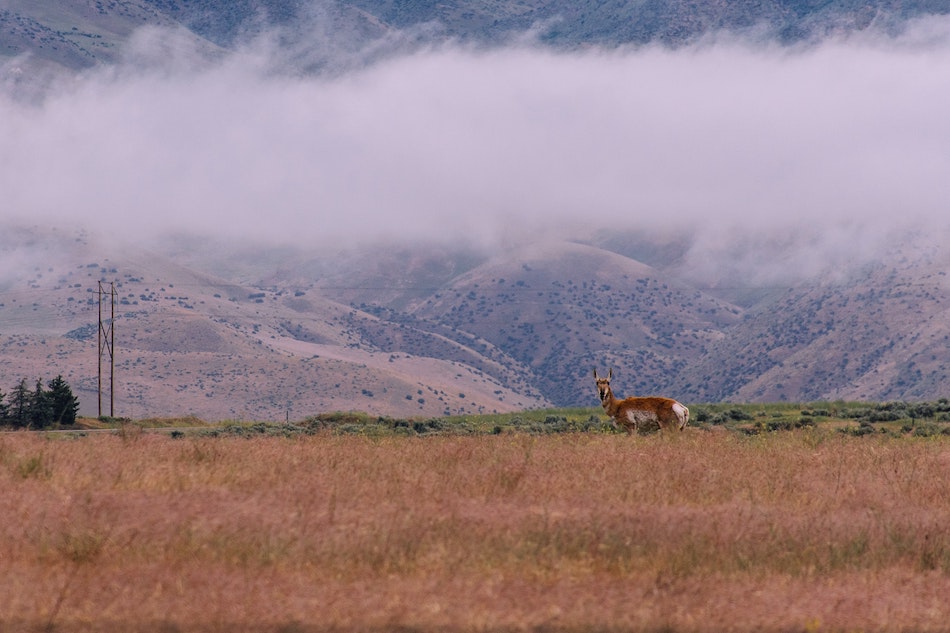
Although it can be exciting to see wildlife in Atlantic Canada, you should keep your distance and enjoy the view from afar. Getting too close to wildlife can become quickly dangerous.
We love this popular saying among wildlife enthusiasts, “Zoom in with your camera, not your feet.” This means that while you can use the zoom feature of your camera to take photos of wild animals from a distance, you should never try to get closer to them physically. Approaching wildlife can trigger either a predatory or defensive response, potentially leading to an attack. Therefore, it is imperative to respect their space and avoid any kind of disturbance.
Bringing binoculars for a closer view of wildlife along the trail is an excellent way to ensure safety for both you and the wildlife.
It is recommended by Parks Canada that you maintain a minimum distance of 30m from large animals and 100m away from dangerous predators such as bears, coyotes, moose, wolves, etc. If you see any outdoor enthusiasts getting too close to wildlife, please inform them about the potential danger and warn them about possible attacks and aggressive behaviour by the animals.
3. Do Not Feed Wildlife
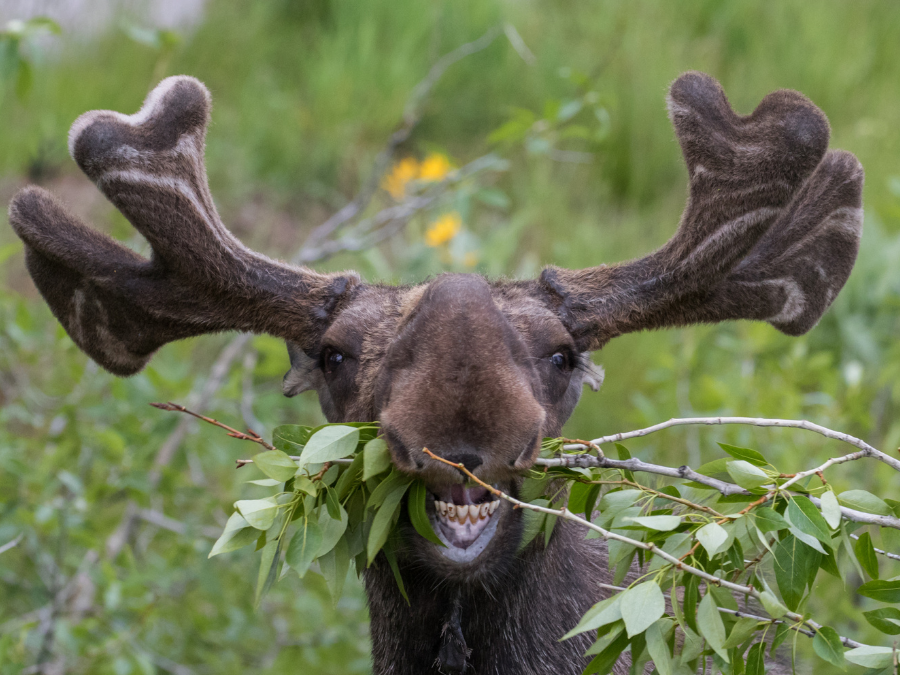
It is important not to feed wildlife because doing so teaches animals that humans provide food, which can increase the possibility of wildlife approaching other hikers. Feeding an animal can lead to a phenomenon called “stalking,” where the animal starts following you in anticipation of more food. This behaviour is dangerous for you, your companions, and other hikers on the trail.
Additionally, it should be noted that it is illegal to feed wildlife in Canada National Parks, and doing so can result in charges.
4. Keep Food Smells To A Minimum
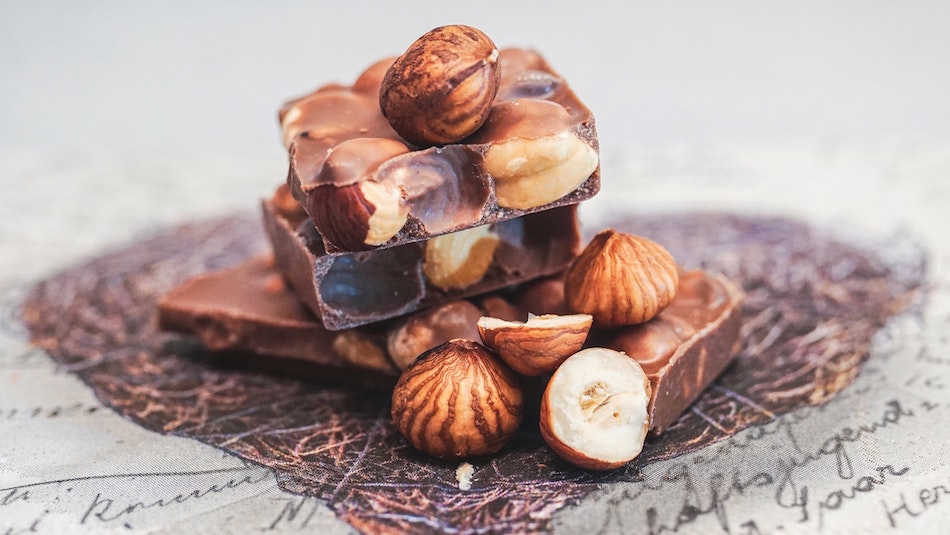
When going on a hike, it’s recommended that you pack low-scented foods. Some great examples of ideal hiking snacks are trail mix, dried fruit, granola bars, and dehydrated meals. The reason you should opt for these types of foods is to avoid attracting too much attention from wildlife.
When you are out camping, take measures to prevent any unwanted visitors from invading your campsite while you sleep or destroying your food stash. To ensure a safe camping experience, it is important to tie your food up over a tree branch at a safe distance from your campsite and the hiking trail when doing overnight hikes.
Dehydrated meals are a great option for backpackers as they are lightweight, have a long shelf life, and only require boiling water to rehydrate. Our go-to brand is Alpine Air Forever.
5. Leave No Trace

When hiking, leave no trace and respect the environment by not altering trails or campsites. Many food items can and will attract wildlife to both hiking trails and campsites. This is not to say you can’t bring food with you, but simply to remind you that all food and garbage should come with you. Nothing should be left behind for your safety and the safety of the environment.
It is important to avoid throwing away food while hiking on the trails, as it can attract wildlife and pose a risk to other hikers. If you plan to bring food with you, it is best to minimize the packaging by choosing closed containers or reusable options, like beeswax paper, that you can carry with you and use again after the hike.
As mentioned above, when hiking overnight, never store food in your tent. Keep food secured in a dry bag or storage container away from your campsite.
6. Inform A Loved One If You Are Hiking Alone Or Hike With A Group
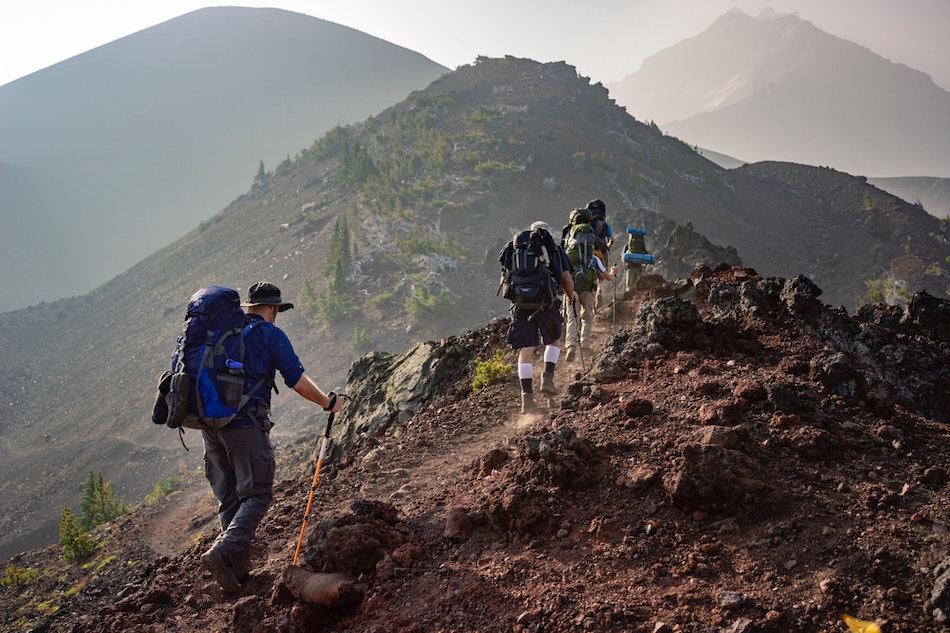
It is always advisable to inform a friend or family member about your hiking plans, regardless of whether you are hiking alone or with a group. This is especially important if you are planning an overnight or multi-day hike, embarking on a long and strenuous hike, or venturing into an unfamiliar area. By doing so, you can ensure your safety and well-being in case of any unforeseen circumstances.
You never know when an emergency can occur, whether it be wildlife encounters or medical emergencies. Letting someone know your expected return day from an overnight or prolonged hike can save your life.
7. Keep Dogs On A Leash

It might be tempting to let your dog roam freely during your outdoor adventures, but it’s important to keep in mind that not all trails are dog-friendly, and some trails require dogs to remain on leash. Keeping your dog(s) on a leash not only protects them from wildlife and poisonous plants but also safeguards plants and animals from your dog.
In addition, these rules are in place not just for the safety and well-being of your furry friend but also for your own safety and the protection of the wildlife. For example, some Canadian National Parks do allow dogs as they can provoke larger wildlife and appear as a threat.
8. Carry Bear Spray In A Holster

If you come across larger wildlife in Atlantic Canada, such as bears, moose, and coyotes, carrying bear spray can be a great way to deter them. It is a non-lethal method and should be used as a last resort when you come into close contact with wildlife and need to escape.
Bear spray can be purchased at most recreation or outdoor stores. It’s essential to understand that bear spray is classified as a weapon, so buyers must be at least 19 years old and provide identification as proof of age when making a purchase.
While hiking, make sure to keep it in an easily accessible spot. We recommend watching videos before you begin hiking to understand how to use bear spray safely. This will prepare you in case of an emergency.
What To Do If You Encounter Wildlife In Atlantic Canada
If you’re planning on hiking in Atlantic Canada, it’s important to be prepared for possible wildlife encounters. To help you stay safe, we’ve compiled a list of the three most common animals you may encounter on the trails. We’ll also provide you with tips on what to do when you come across these animals and how to protect yourself in case of an attack.
What To Do If You Encounter Black Bears
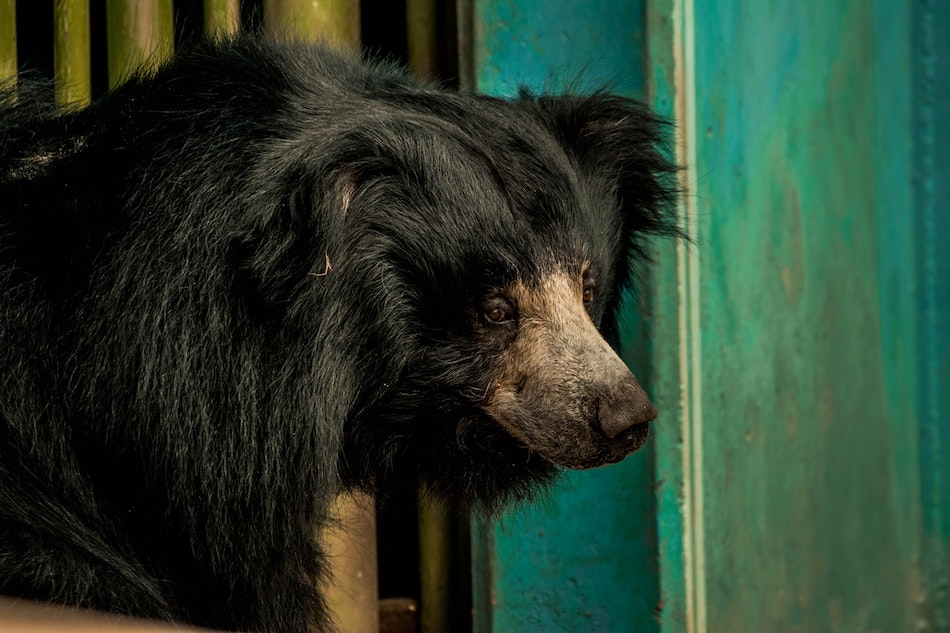
What To Do If You See A Bear
- Do not run or attempt to climb a tree. Bears are excellent at both of these things.
- Do not attempt to feed the bear
- Do not look directly at the bear
- Remain calm and back away slowly
What To Do If A Bear Approaches You
- Make loud noises
- Make yourself large and stand up to the bear
- If with a group/friends, gather together and again, make yourselves large.
- Get your bear spray ready.
- If the bear is within 7 meters, use your bear spray
What To Do If A Bear Attacks
Black bears will attack for one of two reasons: they are being defensive or hunting prey.
Defensive Bear Attack
A defensive bear attack is usually caused by the bear feeling its cubs or food is being threatened. Signs of this type of attack are huffing, bluff charge, swinging its head side to side, and/or clicking of the jaw.
What to do during a defensive bear attack?
- Use bear spray
- Do not run or turn your back to the bear
- Raise your arms to make yourself large
In the unfortunate event that a bear knocks you down, play dead. Make sure to protect your head and neck with your arms and hands.
Predatory Bear Attack
Some bears are naturally aggressive and may attack out of a predatory manner. Signs that a bear is attacking out of predatory hunting are stalking or attacking at night.
What to do during a predatory bear attack?
- Use bear spray
- Do not run or turn your back to the bear
- Raise your arms to make yourself large
If the predatory bear knocks you down, do not play dead. Fight back against the bear with whatever you can.
What To Do If You Encounter Coyotes

What To Do If You See Coyotes
- Do not run
- Remain calm
- Do not turn your back to the coyote(s)
- Do not attempt to feed
- Make yourself large and loud to scare off the coyote(s)
What To Do If A Coyote Attacks
- Do not play dead
- Fight back using whatever is available. Throw stones, yell, and defend yourself with your gear.
What To Do If You Encounter Moose

What To Do If You See A Moose
It is not uncommon to spot moose on the side of the road or even crossing highways. If you happen to come across a moose on the road or while hiking, make sure to maintain a distance of at least three bus lengths between you and the animal.
- If you pass a moose directly on the trail, remain calm and try to wait for the moose to pass first.
- Do not look into the moose’s eyes.
- Try to keep large barriers between you and the moose when passing. For example, trees or rocks make for good barriers.
What To Do If A Moose Charges
- Find protection and hide behind it. Again, use large trees and/or rocks as a barrier.
- If a moose knocks you down, curl into a fetal position while protecting your neck and head.
Signs Of An Aggressive Moose
- Hair on the neck is raised
- Foot stomping
- Swaying head
- Mouth clacking and licking
- Ears pinned back
If you encounter wildlife while hiking in Atlantic Canada, please report the sightings immediately to Parks Canada.

